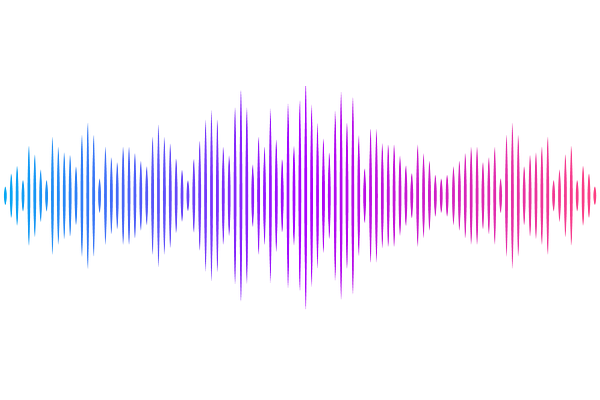Unexpected variability in laboratory and clinical assays used to quantify Cryptococcus neoformans polysaccharide.

Unexpected variability in laboratory and clinical assays used to quantify Cryptococcus neoformans polysaccharide.
Wear, M. P.; Kim, D.; Roy, R.; Casadevall, A.
AbstractThe measurement of cryptococcal capsular polysaccharide (PS) amount and concentration is essential for laboratory studies of its structure and function. Clinically, the detection of cryptococcal capsular polysaccharide as cryptococcal antigen is a foundational assay for the diagnosis of cryptococcosis. In this study we compared the results of four laboratory assays for measuring cryptococcal polysaccharide (gravimetric determination, phenol-sulfuric acid reactivity, Size Exclusion Chromatography Multi-Angle Light Scattering (SEC-MALS), and ELISA) and two clinical assays (lateral flow assay (LFA) (IMMY) and the cryptococcal latex agglutination assay (CLAA) (Remel)) using four cryptococcal strains that each express single repeating polysaccharide motifs. The results show that the sensitivity of laboratory assays for PS was relatively consistent but manifested significant variation with strain. Phenol-sulfuric acid determination was highly variable unless the PS was pre-digested with HCl, suggesting that differences in the structural complexity of the polysaccharide could affect timing and intensity of the colorimetric reaction. Serological assays were the most sensitive, but these showed the most strain-to-strain variation on the threshold of PS detection consistent with antigenic differences. Differences in the reactivity of LFA and CLAA for cryptococcal PS from different strains imply that comparable cryptococcal antigen titers could reflect different concentrations of PS in bodily fluids. In summary, we find that variation in PS structure amongst strains can affect the sensitivity of the various tests used to measure cryptococcal PS.